

Original Article - Year 2025 - Volume 40Issue 1
Application for the Management of Plastic Surgery Patient Data
Aplicativo para o gerenciamento de dados de pacientes em cirurgia plástica
ABSTRACT
Introduction Brazilian plastic surgeons face an intense work routine, and struggle to organize patient data due to a lack of time. These manual records are often costly and time-consuming. Recent technological advances can optimize this task using smartphone applications, which are low-cost and intuitive solutions that provide easier access to significant patient data.
Objective To develop a smartphone application to record data and photos of plastic surgery patients.
Materials and Methods Application development was based on Design Thinking, research in database (PubMed, LILACS, and Embase), searches for similar apps on the Google Play platform, brainstorming, and research forms about the struggles of the participating plastic surgeons in patient data recording. These criteria served as the basis for devising the app with subsequent feedback and evaluation of its efficiency.
Results A prototype of the application was created, to record data and images of plastic surgery patients. The results showed that the prototype could record relevant data quickly and easily, and that smartphones are an important tool in this respect, with a positive impact for the participating doctors. The System Usability Scale (SUS) index reached 83.5 points, showing excellent application usability.
Conclusion An efficient smartphone application was created for recording data and photos of plastic surgery patients.
Keywords: electronic health records; medicine; mobile applications; surgery, plastic; time management
RESUMO
Introdução Cirurgiões plásticos brasileiros enfrentam uma rotina de trabalho intensa, sofrendo com problemas de organização de dados dos pacientes e falta de tempo. Seus registros manuais, muitas vezes, são dispendiosos e levam tempo. Por sua vez, o recente avanço tecnológico possibilita otimizar tal tarefa por meio de aplicativos em smartphones, que são soluções de baixo custo e intuitivas, possibilitando um acesso mais fácil a dados importantes dos pacientes.
Objetivo Desenvolver um aplicativo para smartphone para registro de dados e fotos de pacientes da cirurgia plástica.
Materiais e Métodos Por meio do design thinking, pesquisa sem bases de dados (PubMed, LILACS e Embase), buscas por aplicativos semelhantes na plataforma Google Play, brainstormings e formulários de pesquisa, coletaram-se as dificuldades notadas por cirurgiões plásticos participantes durante o registro de dados dos seus pacientes. Esses critérios serviram de base para a idealização do aplicativo, seguido de feedback e avaliação de sua eficiência.
Resultados Um protótipo de um aplicativo para o registro de dados e imagens de pacientes de cirurgia plástica foi criado. Os resultados evidenciaram que o protótipo foi capaz de contribuir para o registro de dados relevantes de maneira rápida e simples, sendo o smartphone uma ferramenta importante nesse aspecto, com impacto positivo para os médicos participantes. A pontuação na System Usability Scale (SUS) foi de 83,5 pontos, o que demostra a excelente usabilidade do aplicativo desenvolvido.
Conclusão Criou-se um aplicativo eficiente de smartphone para registro de dados e fotos de pacientes da cirurgia plástica.
Palavras-chave: aplicativos móveis; cirurgia plástica; gerenciamento do tempo; medicina; registros eletrônicos de saúde
Introduction
Digital images are valuable in different medical fields, especially in plastic surgery. Smartphones have become critical tools for proper patient data recording. For instance, patient photos provide essential information for medical records. A dedicated application for convenient data collection organization results in quick information availability.1,2
However, the management of registry information is often manual and time-consuming in the plastic surgeon’s routine, making it a slow and self-limiting process. Medical professionals struggle to quickly access information that would facilitate the care of their patients. Surgical information, procedure dates, and patient data are often not in a single, easily accessible location.2-4
Therefore, a practical solution to this problem is the photographic recording and storage of patient information using a mobile phone application. Thus, this study designed a smartphone application for plastic surgeons to record and organize their patients’ data in an intuitive, quick, and easy way.
Objective
The current study aimed to develop a smartphone application to record data and photos of plastic surgery patients.
Materials and Methods
The present primary, descriptive, cross-sectional, and unicentric study was approved by the Ethics in Research Committee of Universidade Federal de São Paulo (UNIFESP, under opinion number 5.609.220).
We used the design thinking (DT) methodology to create the application, which is a problem-solving approach with three main pillars: empathy, collaboration, and experimentation.5,6
Moreover, we employed the double-diamond diagram (►Fig. 1) to describe the design process in its four distinct phases: discover, define, develop, and deliver.7
The study began with a literature review on PubMed, LILACS, and Embase databases, followed by a search for previous works on the Google Play digital platform. Study selection used the following criteria:
Inclusion: Papers published in English, Portuguese, and Spanish about systems or applications for time management, workday of doctors or plastic surgeons, patient data recording, and work routine issues in medicine.
Noninclusion: Studies on applications or systems for healthcare, telemedicine, and medical conditions monitoring and treatment.
Exclusion: Papers on healthcare systems for nonmedical professionals and on photo editing applications for plastic surgery.
The study relied on research questionnaires and brainstorming sessions with ten participating plastic surgeons from the Brazilian Society of Plastic Surgery (Sociedade Brasileira de Cirurgia Plástica, SBCP, in Portuguese), including associates and full members, with more than 5 years of professional experience. The supervisors of this study determined the number of participants in brainstorming sessions following DT concepts.5,6 The questionnaires on the Google Forms platform aimed to identify the main problems that professionals face when recording and storing patient data (such as “Do you have difficulty collecting patient information after some time?”, “Do you spend a lot of time organizing patient photos?” etc.). The answers followed a dichotomous “yes” or “no” format. All participants signed an informed consent form sent via the platform.
Next, they defined the main ideas to solve the participants’ struggles through a mobile application. An alpha version of the application (prototype) was created for the participants following the concepts in the literature.5,6
As provided for in items VII and VIII of Article 6 of the Brazilian General Data Protection Law (Lei Geral de Proteção de Dados, LGPD, in Portuguese), Law no. 13,709/2018, about security and prevention principles, the application used the most modern security resources to store and manage user and patient data. Data were stored in the Google server cloud using an encryption process with the Secure Sockets Layer (SSL), allowing decoding in a readable format only for the application user.
To assess the usability of the application based on the literature, participants also answered a form based on the System Usability Scale (SUS).8 Additionally, participants received a new questionnaire to assess whether the prototype achieved its goals, for answers in the dichotomous format “yes” or “no” (such as “While using the application, could you record important information about your patients quickly and easily?”, “Would you recommend the application to other plastic surgeons for use?” etc.).
Results
We delivered the prototype via a link shared with participants for installation on Android systems. Clicking on the link automatically installs the app, which is ready for use and connected to Google servers (►Figs. 2-7). The SUS score was of 83.5 points.
Discussion
Management of information in medical records or registration systems is usually manual, self-limiting, and timeconsuming for surgeons. Furthermore, it is difficult to quickly access specific information, as its storage may be disorganized in several places, potentially missing critical patient data. Given its functions, smartphones stand out for being portable, multitasking, and having good performance. Therefore, this study focused specifically on designing a mobile application for smartphones that would help plastic surgeons solve all the problems mentioned above. It needed to be intuitive, easy to use, and quickly record patient data in an organized and secure way.
The use of DT was essential in all the steps of application building, guiding its stages. The medical literature in the researched databases provided all the technical and scientific knowledge for idealization, and the search for previous content on the Google Play platform made it clear that there were no applications with identical solutions to ours.
We considered creating the application as a web app. Although it would be cheaper, application access would be slower due to its dependence on internet browsers, which was not the initial goal. Therefore, we discarded this idea.
After delivery, the SUS form evaluated the application’s efficiency in usability and problem-solving ability. Liang et al. reported that a website or application software with a SUS score lower than 50 requires urgent review by its creators due to serious usability problems. They pointed out that the SUS average value is 68 and that a score of 80.3 is consistent with an “A” grade, as the software is among the 10% with the highest scores and recommended more frequently. The prototype score was 83.5, demonstrating its excellent usability and potential recommendation to other professionals. This observation is also consistent with the participants’ responses to the questionnaire, as 90% said that they would recommend the application to their colleagues.8
Moreover, the questionnaires highlighted surgeons’ need to organize patient data better and faster, showing that the application facilitated their workday. The literature corroborates this observation, as Pereira et al. and Medeiros et al. stated that applications and digital systems are essential to expedite access and organization of patient data, as well as to optimize daily work.1,9
Participants also suggested including a feature for editing “before and after” photos as a potential improvement for the application. However, we discarded this option due to the need to comply with the standards established by the Brazilian Federal Council of Medicine, as the new Resolution No. 2.336/2023 on Medical Advertising allows photo registration and storage but prohibits any improvement, editing, or manipulation.10
Although the outcomes of this study indicate otherwise, it is crucial to consider that the large-scale use of this application can be time-consuming, negatively impacting the daily routine of plastic surgeons. Martinez-Silveira highlighted that surgeons may face difficulties with technological resources for information management due to the lack of time and technical knowledge. Therefore, future evaluations of the application on a larger scale are required to analyze these issues.4
Lastly, we believe the application will reach many medical and nonmedical professionals. There are several possibilities for its use in all medical specialties and throughout the healthcare sector, increasing agility and security to the storage and access of patient data.
Conclusion
The smartphone application developed to record data and photos from plastic surgery patients has been shown to be efficient.
References
1. Pereira IM, Bonfim D, Peres HHC, Góes RF, Gaidzinski RR. Tecnologia móvel para coleta de dados de pesquisas em saúde. Acta Paul Enferm 2017;30(05):479-488. Doi: 10.1590/1982-0194201700069
2. Kuster C, Ruffenach L, Dissaux C, Bruant-Rodier C, Bodin F. [Medical photographs: Time saving and data security thanks to a dedicated application]. Ann Chir Plast Esthet 2021;66(03): 217-222. Doi: 10.1016/j.anplas.2020.12.004
3. Mendelsohn MS. Using a computer to organize digital photographs. Arch Facial Plast Surg 2001;3(02):133-135. Doi: 10.1001/archfaci.3.2.133
4. Martinez-Silveira MS. A informação científica na prática médica: estudo do comportamento informacional do médico-residente. [thesis (Postgraduate Course on Information Sciences)]. Salvador: Instituto de Ciência da Informação, Universidade Federal da Bahia; 2005.
5. Brown T. Design thinking. Uma metodologia poderosa para decretar o fim das velhas ideias. 1. ed. São Paulo: Elsevier; 2010:272
6. Ferreira FK, Song EH, Gomes H, Garcia EB, Ferreira LM. New mindset in scientific method in thehealth field: Design Thinking. Clinics (Sao Paulo) 2015;70(12):770-772. Doi: 10.6061/clinics/2015(12)01
7. Zhang X, Zhang H, Zhang L, Zhu Y, Hu F. Double-Diamond Model- Based Orientation Guidance in Wearable Human-Machine Navigation Systems for Blind and Visually Impaired People. Sensors (Basel) 2019;19(21):4670. Doi: 10.3390/s19214670
8. Liang J, Xian D, Liu X, Fu J, Zhang X, Tang B, Lei J. Usability study of mainstream wearable fitness devices: feature analysis and system usability scale evaluation. JMIR Mhealth Uhealth 2018;6(11): e11066. Doi: 10.2196/11066
9. Medeiros AG, Cunha MTRd, Tiveron LRCC, Silva MPd, Marinho MCdO, Cunha CRRd, et al. Organização digital do serviço de cirurgia plástica. Ver Bras Cir Plást. 2019;34(04):517-523. Doi: 10.5935/2177-1235.2019RBCP0232
10. Conselho Federal de Medicina. Resolução CFM n° 2.336/2023: dispõe sobre publicidade e propaganda médicas. Brasília: CFM; 2023. Available from: http://www.portalmedico.org.br/resolucoes/CFM/2023/2336_2023.pdf
1. Plastic Surgery Discipline, Department of Surgery, Escola Paulista de Medicina,
Universidade Federal de São Paulo, São Paulo, SP, Brazil
Address for correspondence Elvio Bueno Garcia, (e-mail: elviobuenogarcia@gmail.com).
Artigo submetido: 21/03/2025.
Artigo aceito: 20/05/2025.
Conflict of Interests
The authors have no conflict of interests to declare.



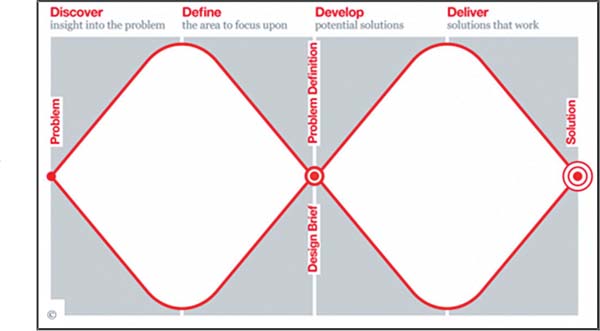

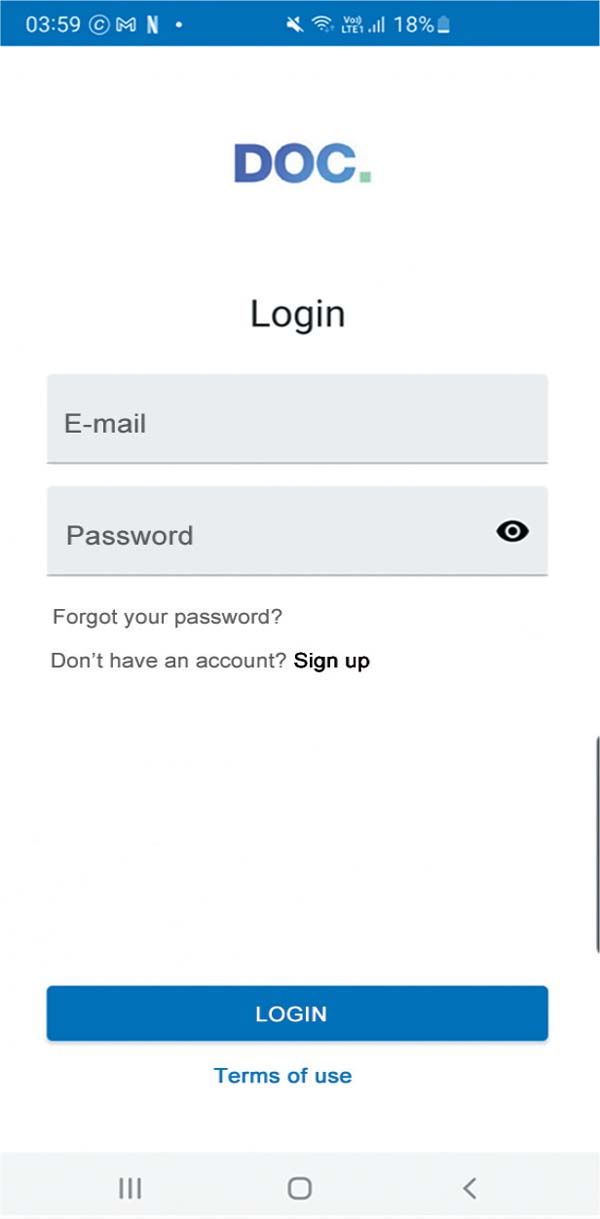

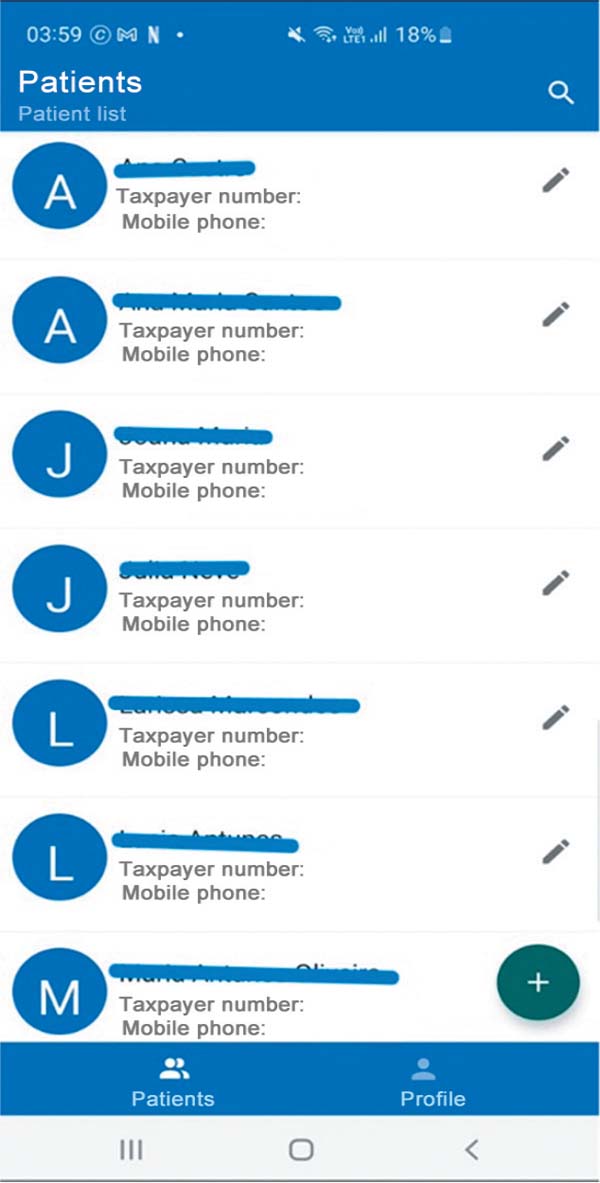

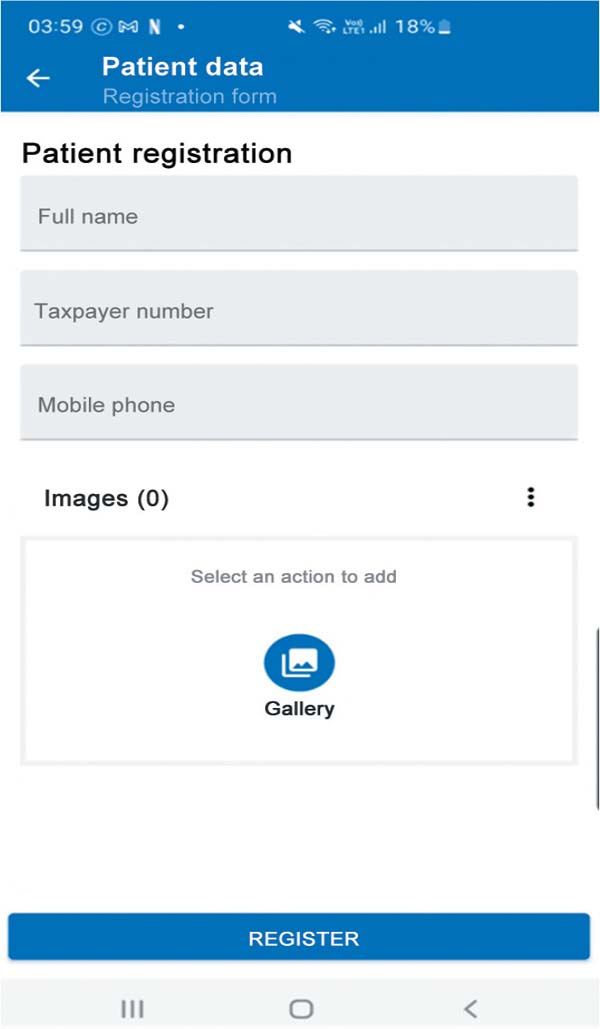

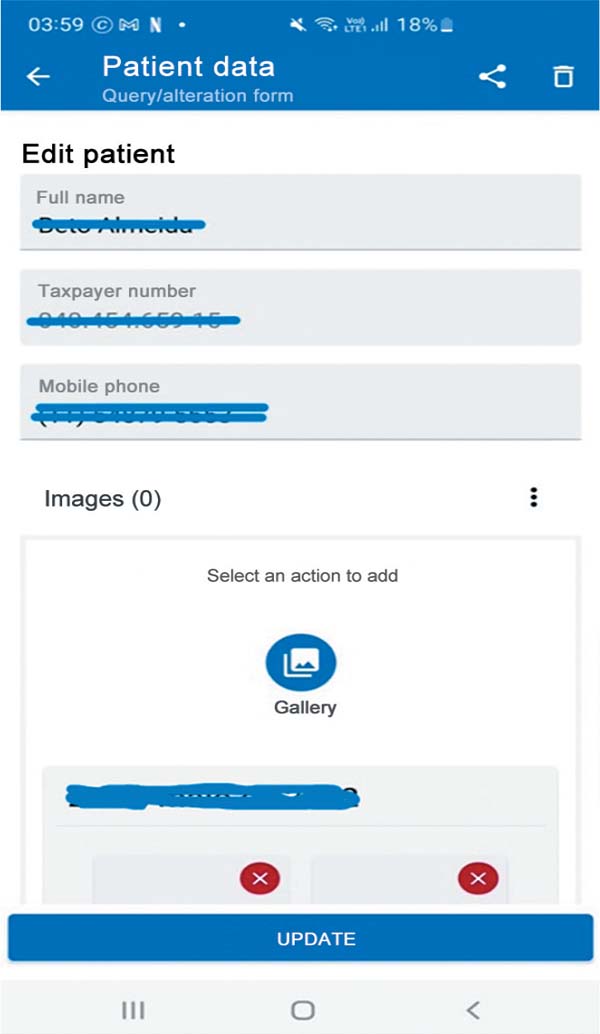

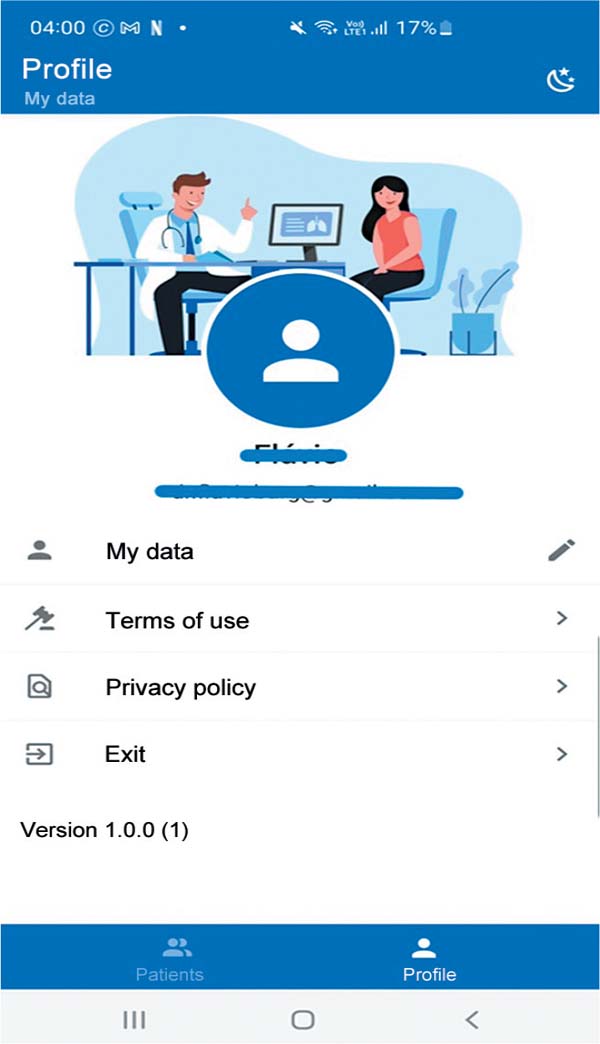

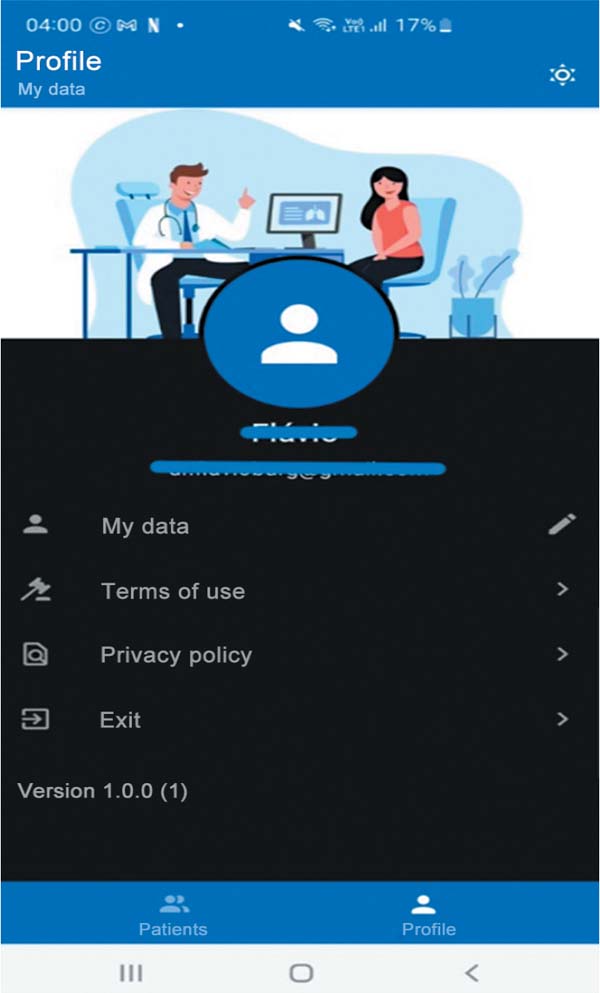

 Read in Portuguese
Read in Portuguese
 Read in English
Read in English
 PDF PT
PDF PT
 Print
Print
 Send this article by email
Send this article by email
 How to Cite
How to Cite
 Mendeley
Mendeley
 Pocket
Pocket
 Twitter
Twitter